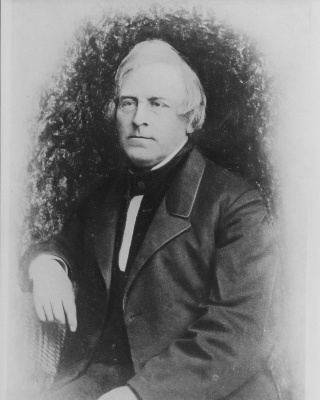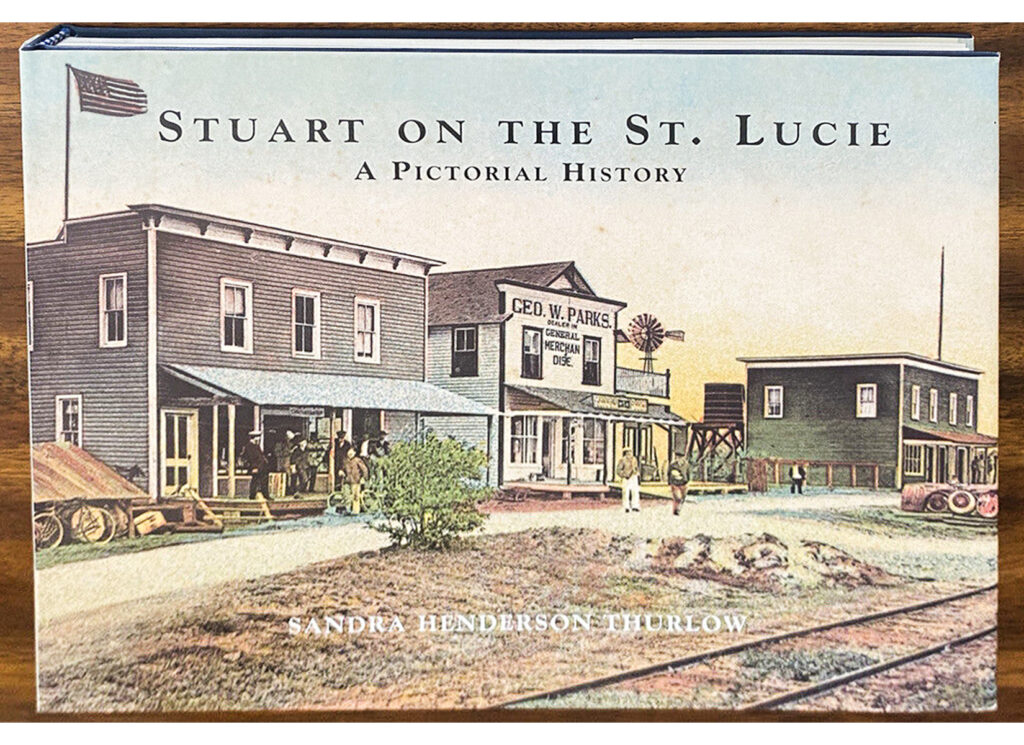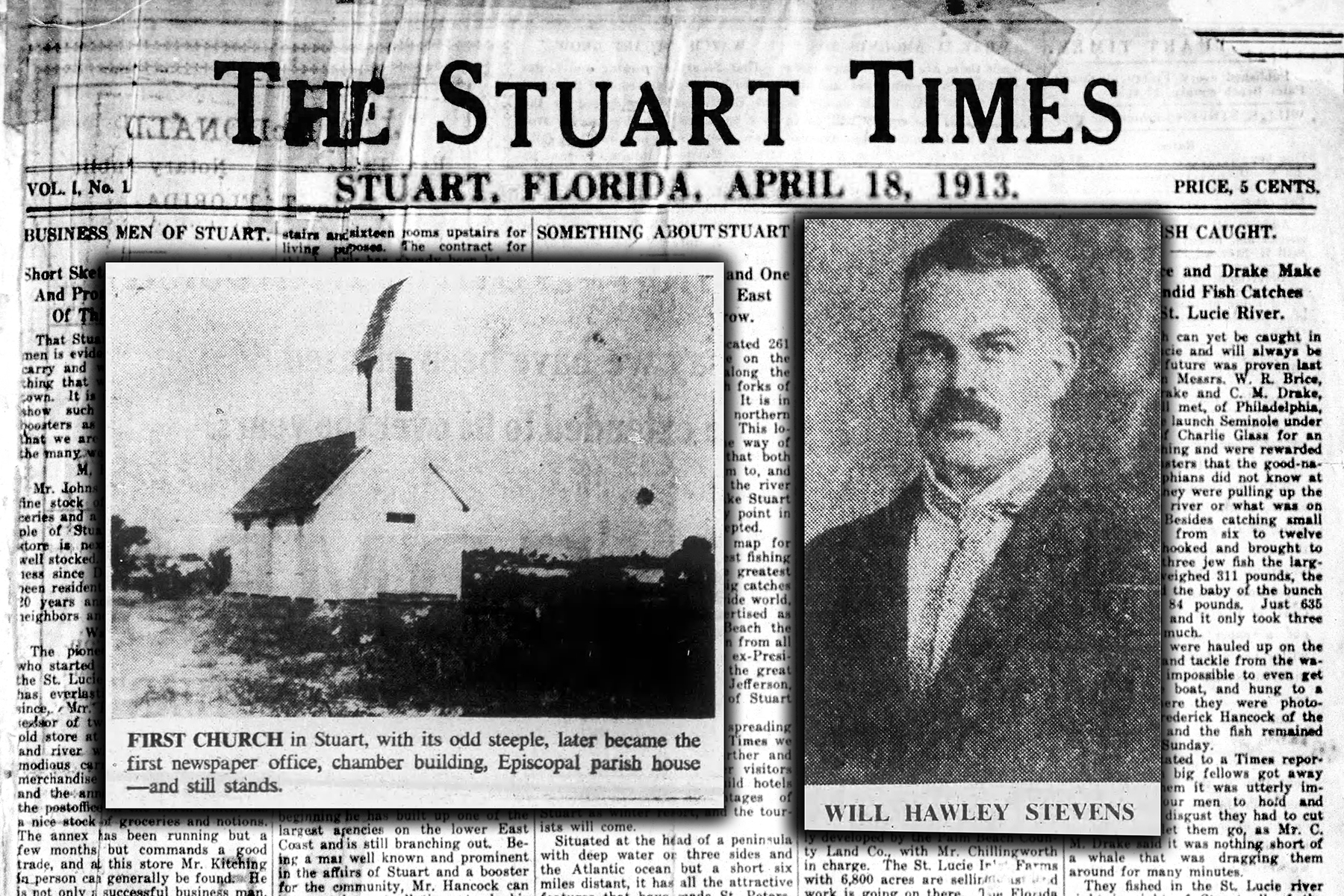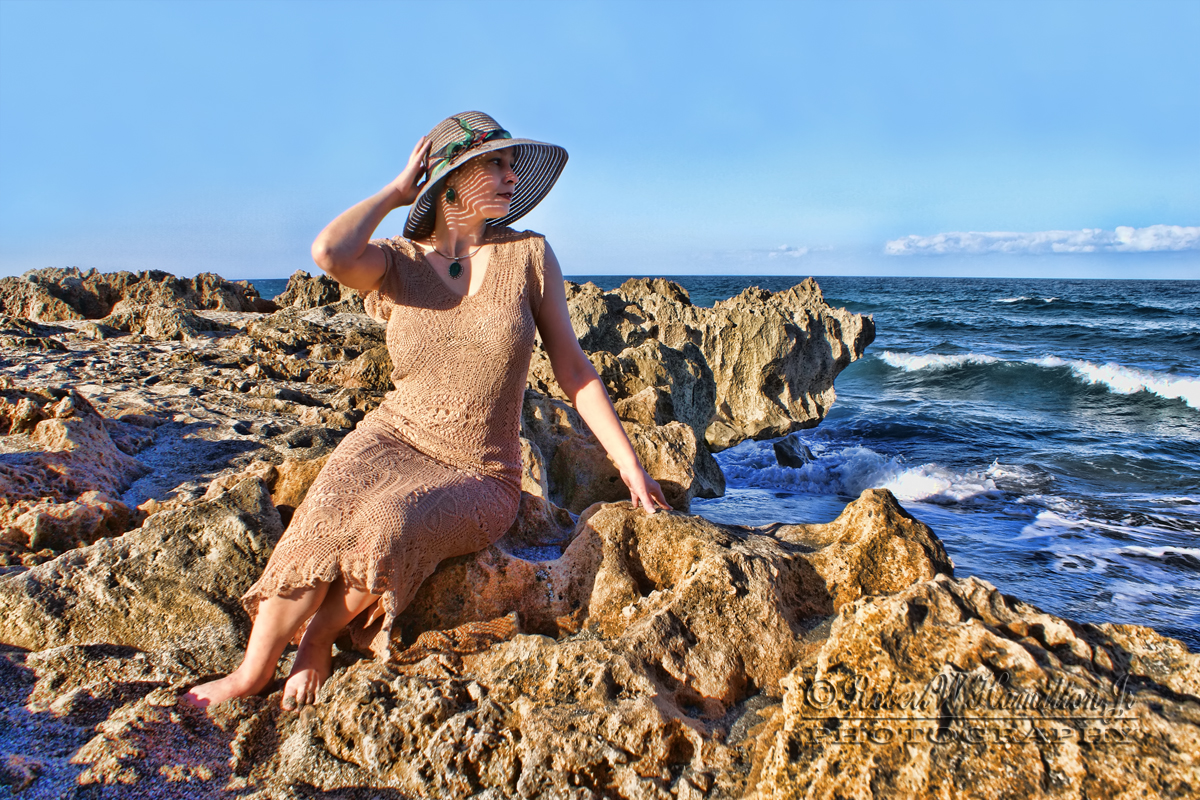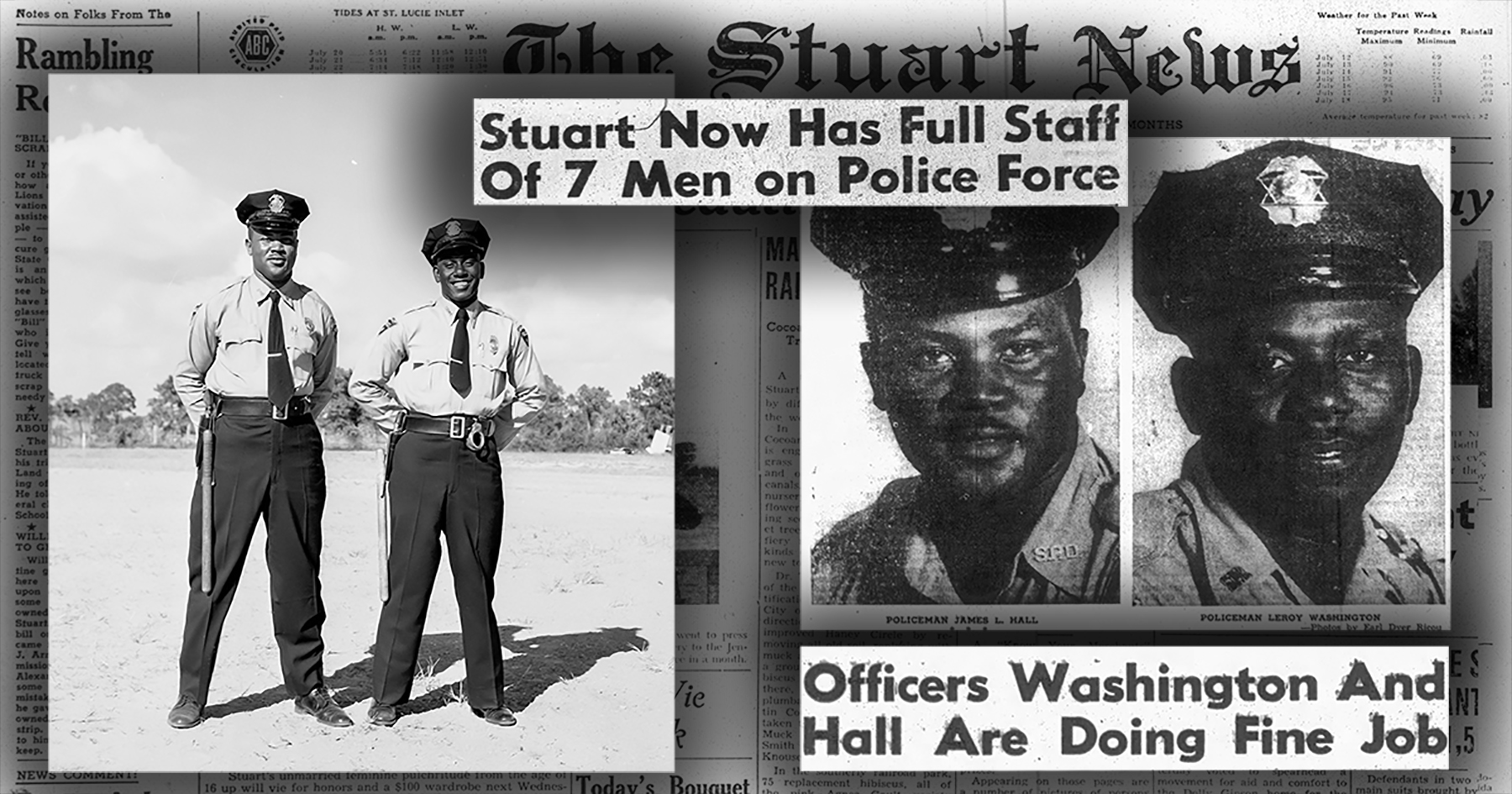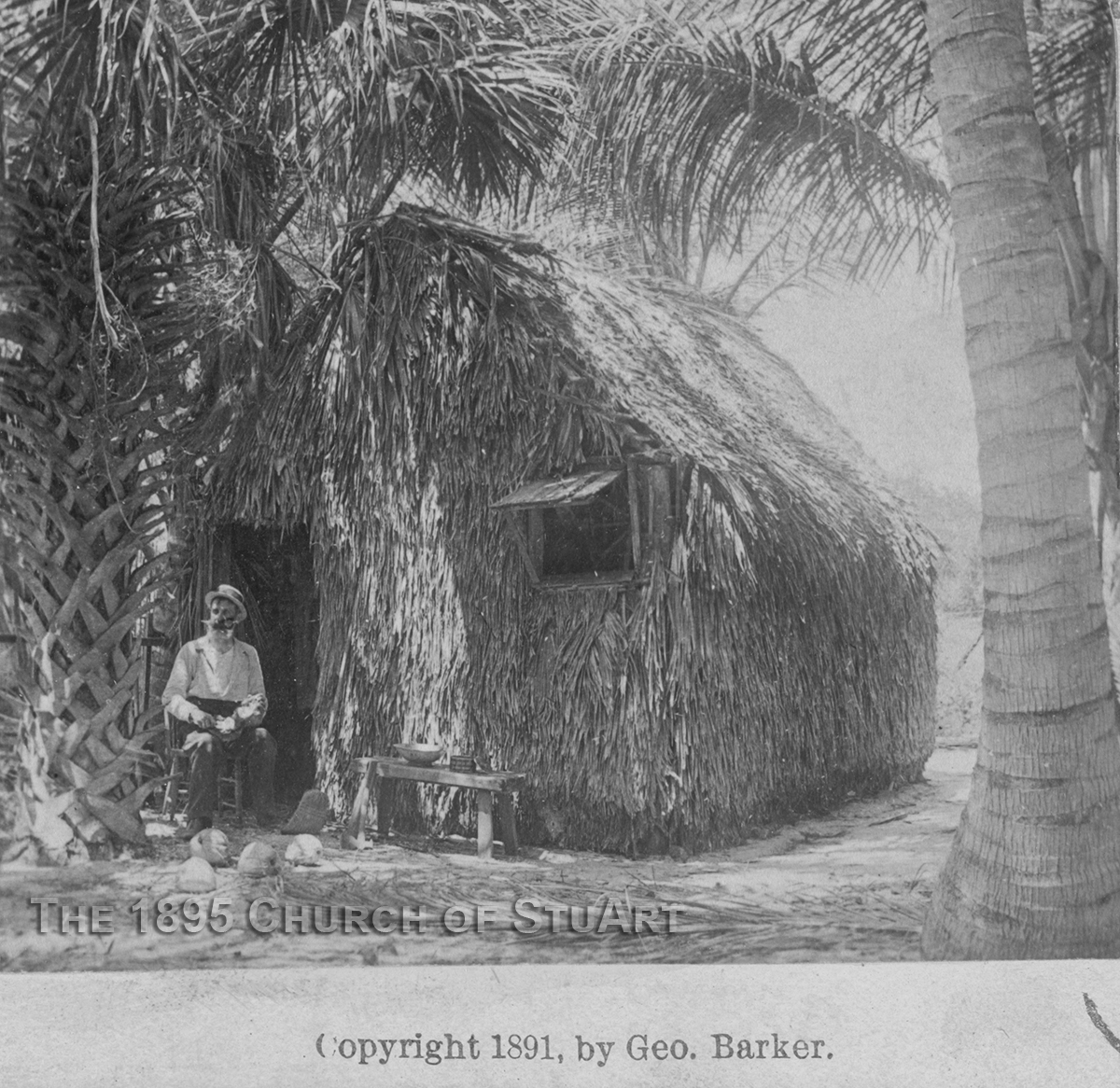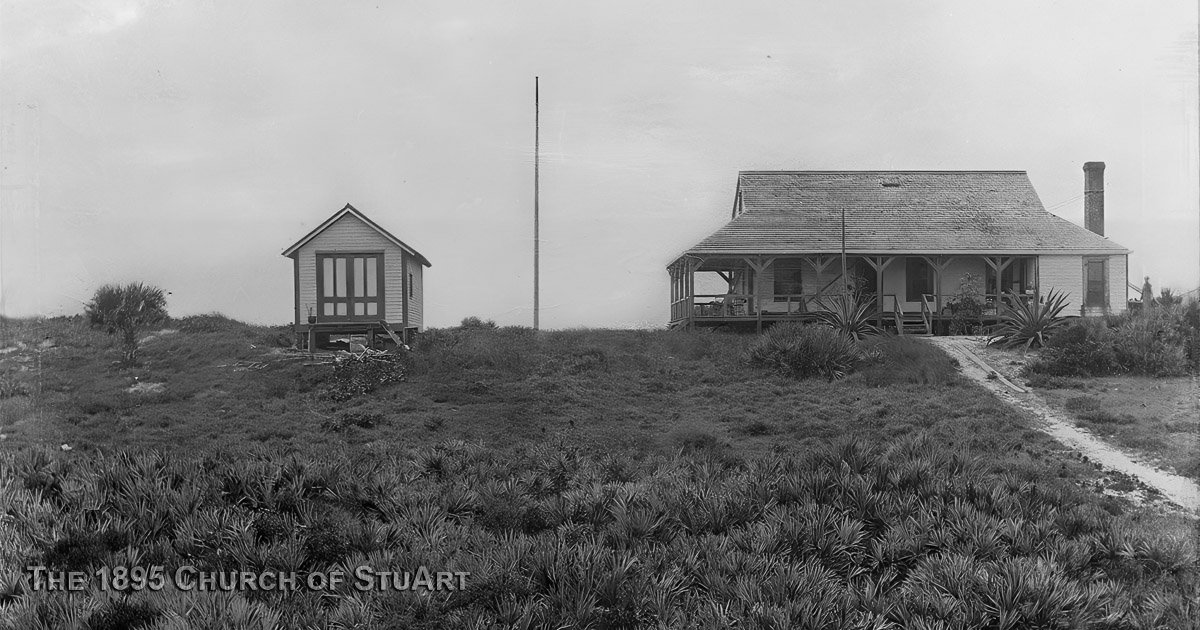The name of the small settlement called Potsdam was changed to Stuart in July of 1895 shortly after the first community church was built near the railroad tracks.
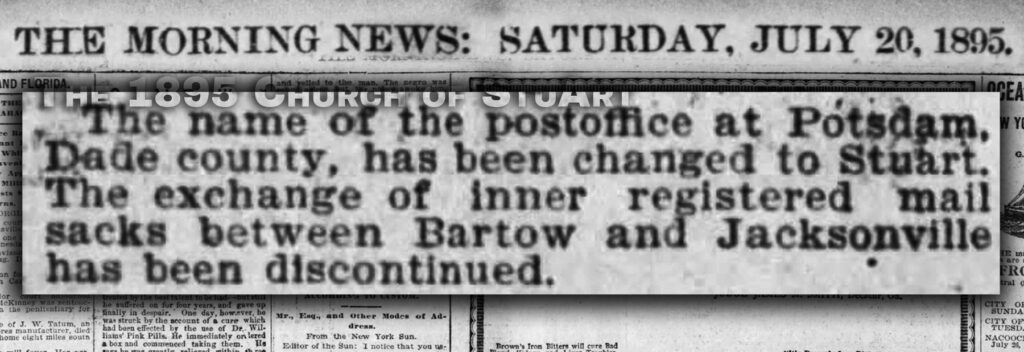
According to Josephine Kitching Taylor, wife of the late John E. Taylor, former Stuart mayor and noted community leader, the name was changed to Stuart because it embarrassed her mother and other women to hear the railroadsmen refer to Potsdam as “Dampots.” (The Stuart News, October 10, 1973)
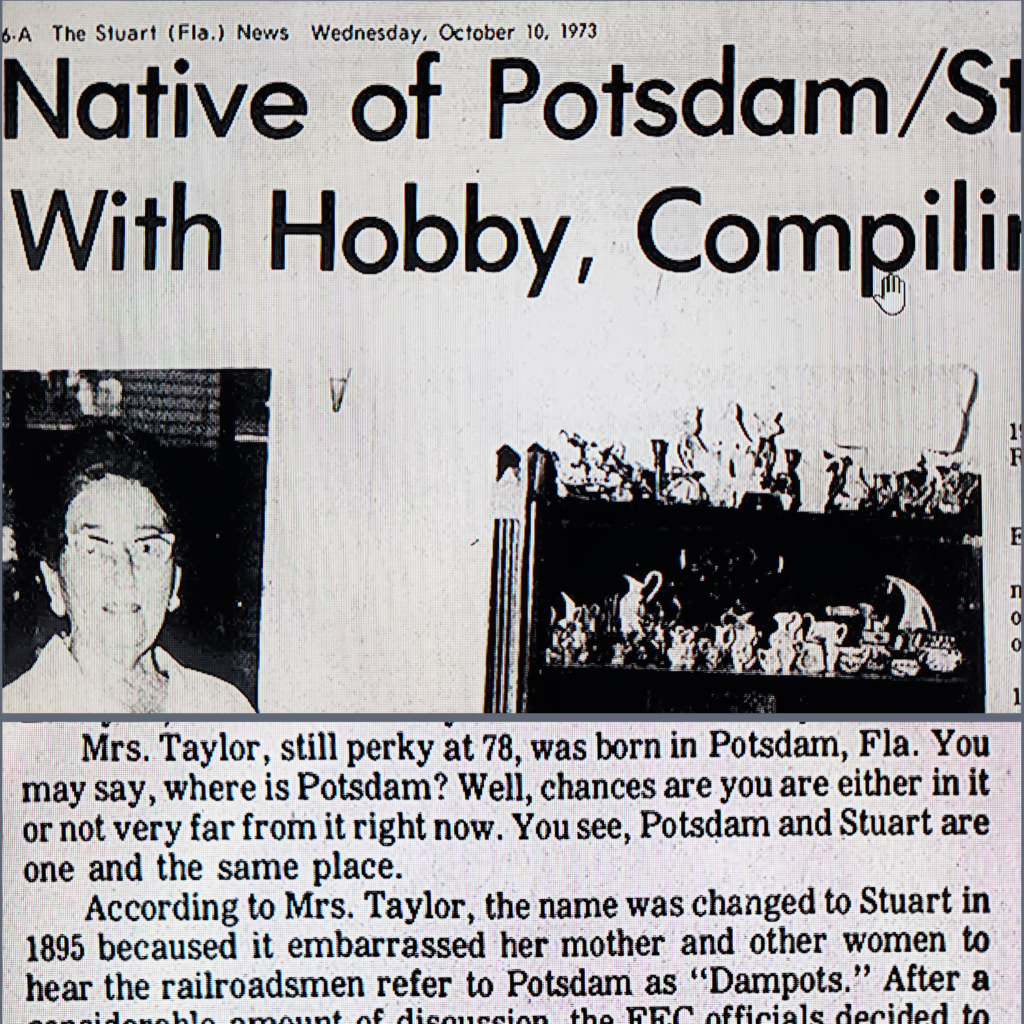
The fact that Stuart, Florida was named after Homer Hine Stuart, Jr. is confirmed by correspondence between Homer and his brother Inglis Stuart, Florida East Coast Railway material in the archives at Flagler Museum in Palm Beach, land records and newspaper articles published when the Stuart name referred to the settlement on the north side of the St. Lucie River.
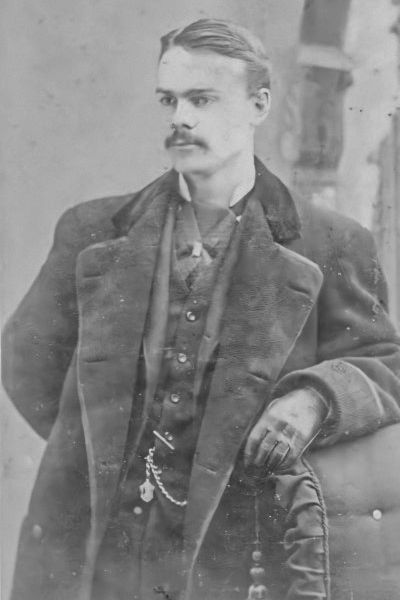
Photo: Homer Hine Stuart, Jr. Brooklyn, NY, c. 1880.
Homer Hine Stuart, Jr. was born in Willow Tree, New York on January 30, 1855 (d. March 13, 1923). He was a son of a prominent New York attorney. After his junior year at
Dartmouth College, Homer took a position in New York City with a concern which manufactured cream of tartar. In 1883, he came to Florida and built a bungalow on the north side of the St. Lucie River, naming it Gator s Nest.
Eventually, he was granted certificate No. 11618, awarding him title to 169 acres encompassing the peninsula that juts into the St. Lucie River where the highway and railway bridges now cross
the waterway. Homer’s fiancee, Margaret Kenney, declined to come to Florida and Homer returned north. He married his fiancee in Athens, New York, on October 3, 1888.
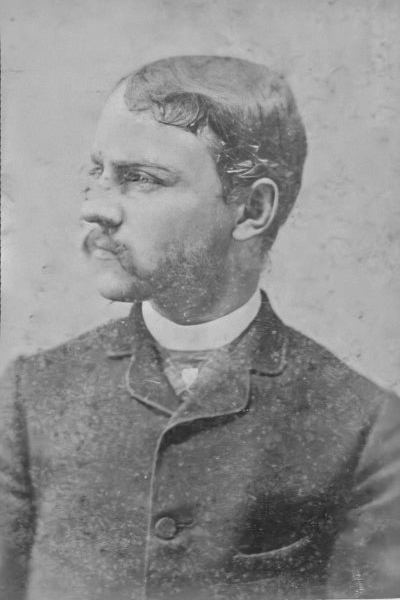
Photo: Inglis Stuart, c. 1882.
The first railway depot was located on the north side of the St. Lucie River. “Stuart on the St. Lucie. A Pictorial History” by Sandra Henderson Thurlow contains an image of the letter to James R. Parrott, Flagler’s second in command, written by Homer Stuart’s brother, Inglis Stuart, and dated March 28th, 1893. In it be says Homer planned to give land to the Jacksonville, St. Augustine and Indian River Railway for a railroad station to be named “Stuart’s Crossing.
Homer was a long way from Florida when Henry Flagler’s Jacksonville, St. Augustine & Indian River Railway Company (later to be the Florida East Coast Railway) began acquiring right-of-way in this area, on its way to Miami and the Keys. But his younger brother, Inglis, an attorney,
was excited about the possibility of the railway going through the Stuart land, and letters that he wrote to Flagler’s lieutenants, James H. Parrott, and J. R. Ingraham, have been preserved. One of the letters offers 25 acres for the tracks, and for a depot to be called “Stuart’s Crossing.” In 1894, the railway went through Homers land, a depot was built and given the Stuart name.
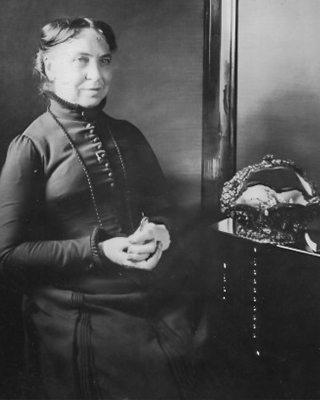
https://www.dunscombe.info
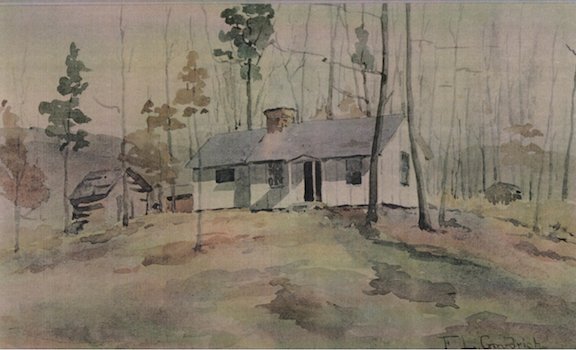
The first train rolled across the St. Lucie River in the spring of 1894. In 1894, Henry Flagler built a railroad line that connected Miami to Jacksonville, running through Stuart. The railway was a significant milestone in the history of Florida and helped advanced the economic growth of the region.
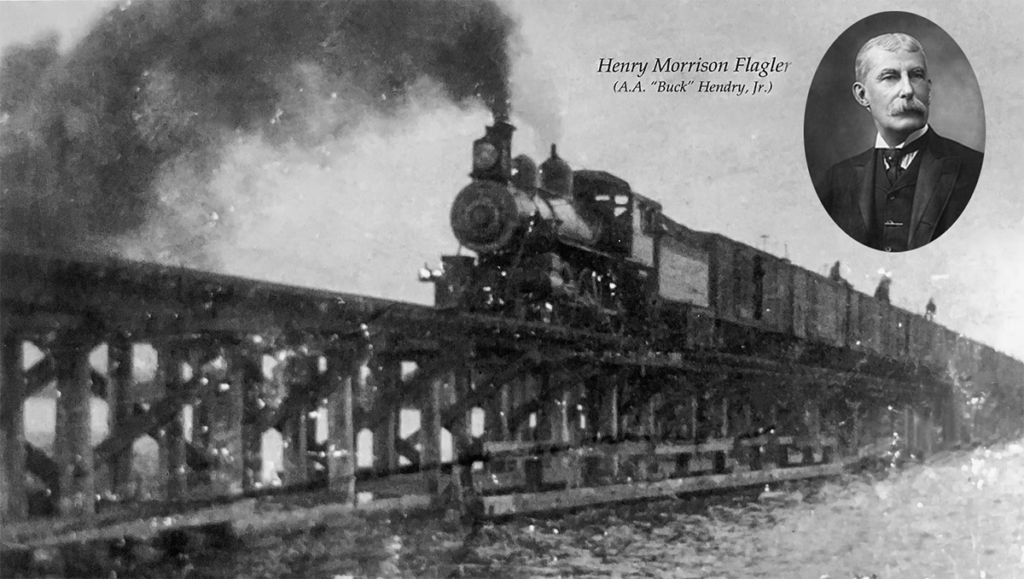
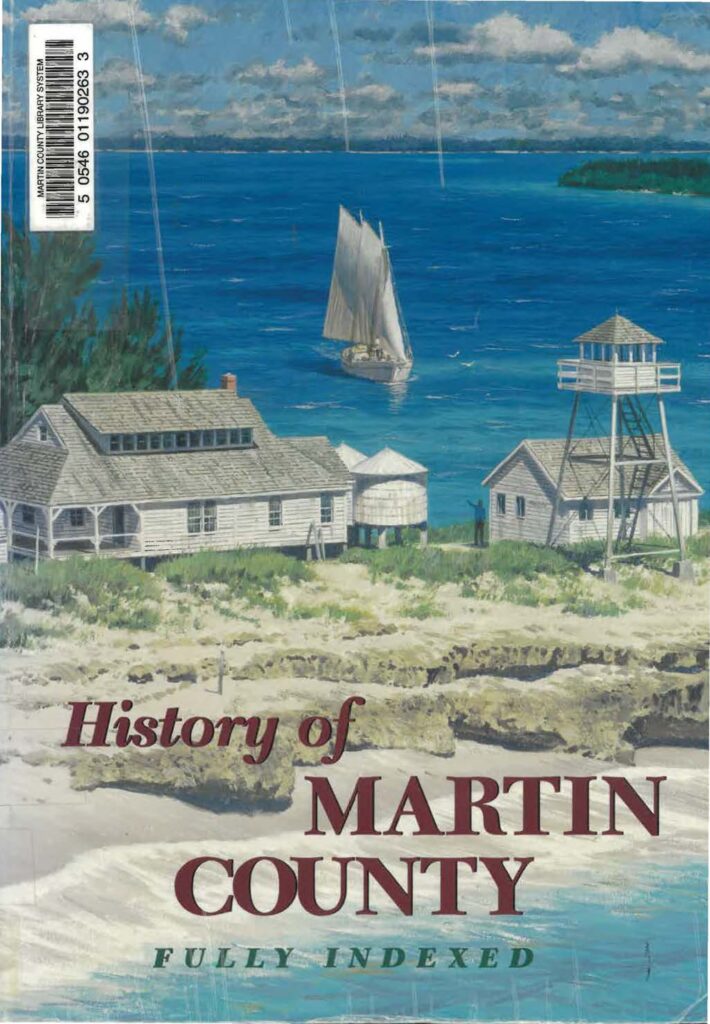
By February of 1894, Henry M. Flagler’s East Coast Railway was as far south as Fort Pierce, and he planned to extend it along the Indian River through Jensen Beach, on through Sewall’s Point, then to build a bridge across the St. Lucie, to what is now Port Salerno, and so on to Palm Beach, where he had already built a luxury hotel. Running into opposition from pineapple growers who did not want railroad tracks through their plantations, and refused to sell him the rights of way he needed, Flagler faced a serious problem.
Far-sighted Walter Kitching, who came to Florida in 1883, with an eye to commercial improvement of his own property, was only too happy to solve this problem. Owning property on the St. Lucie River including the area where the railway bridge now crosses the river (alongside the present Roosevelt Bridge), Kitching offered Flagler the right-of-way he needed, provided the railroad went through his property: “I offered the railroad $200 in cash and all the land they required if they would give us a railroad dock and depot on this side. They accepted the land and built the dock.”
Walter Kitching persuaded the Florida East Coast officials to move the train depot to the south side of the river, when the company was laying tracks into his territory. The depot was moved. Walter Kitching retired his trade boat in 1896 (except for pleasure and fishing), and built the first general merchandise store in the settlement, directly across the street from the relocated FEC depot. This first store was a two-story frame building at the comer of Federal Highway and West Fourth Street.
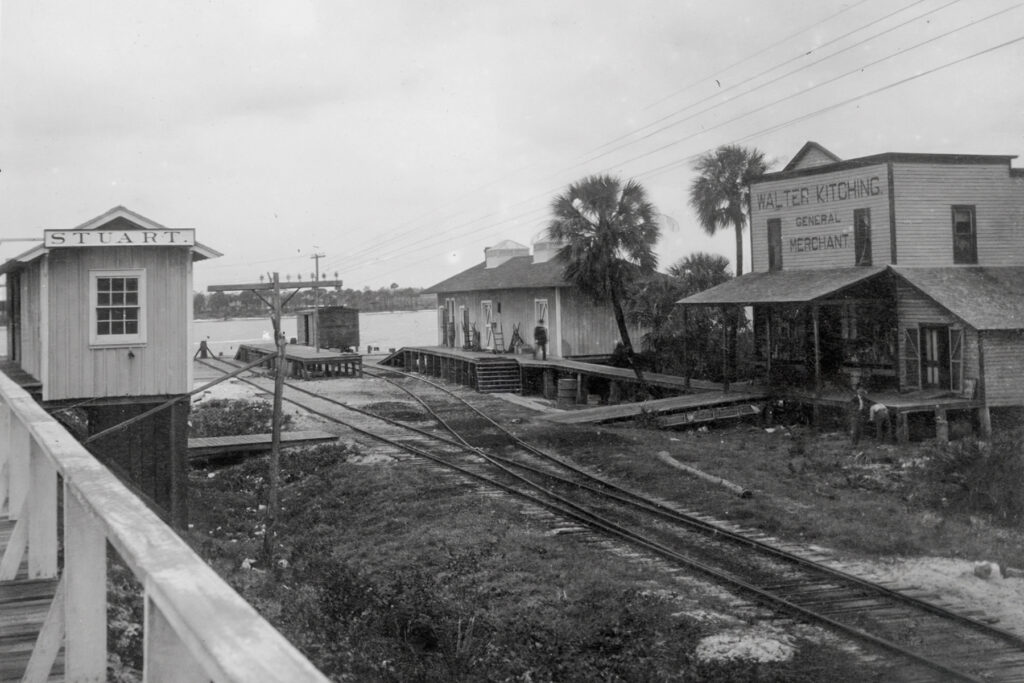
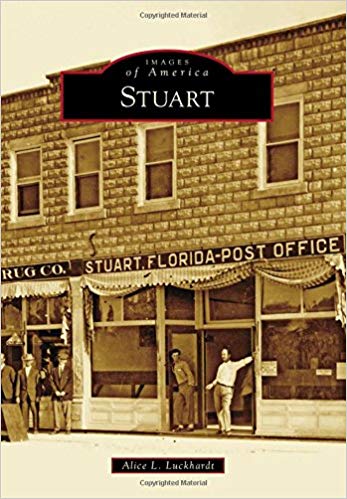
The 1895 Church of StuArt is a historical building of the first community church, also known as the Pioneer Church (the oldest church building in Martin County), built in Stuart in 1895! Your donations help us maintain, restore, and preserve the building, and also continue our research and share historical information and articles. We greatly appreciate your support! The donations are not tax deductible.

Visit our historical building of the first church built in Stuart in 1895. Enjoy the building’s history and fine art by our local artists. We are located in Downtown Stuart: 311 SW 3rd St., Stuart, FL 34994
